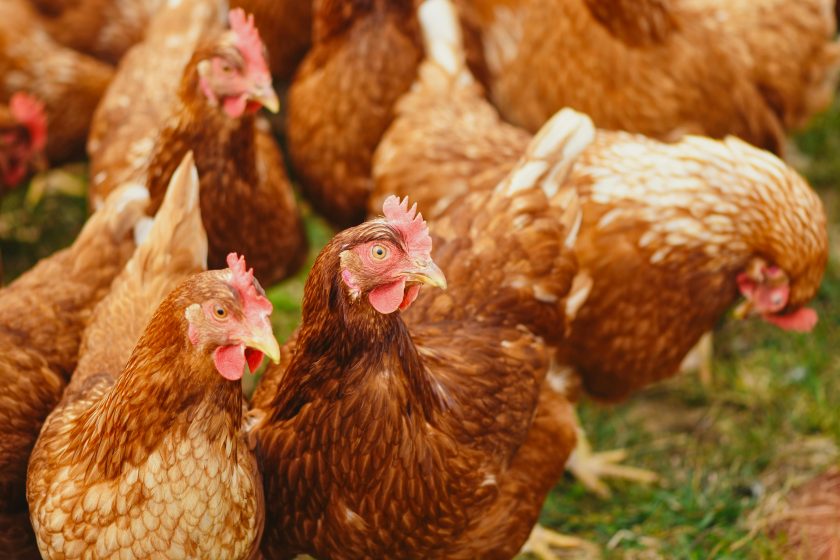Content available at: Tiếng Việt (Vietnamese)
According to the August 2025 Grain and Feed Quarterly report by the United States Department of Agriculture (USDA), Vietnam’s poultry industry is maintaining steady growth in both output and flock size, despite fluctuations in the feed ingredient market.
As of June 2025, Vietnam’s total poultry flock is estimated to have increased by 4% compared to the same period in 2024.
Sources from localities indicate that poultry production continues to develop solidly, with no major disease challenges reported in the first half of the year. This contrasts with the swine industry, which is under significant pressure from African swine fever (ASF).
Effective disease control, coupled with stable domestic consumption demand, has enabled farmers and businesses to expand production capacity.
In addition to the domestic market, the poultry industry also indirectly benefits from the demand for processed product exports.
In addition to the domestic market, the poultry industry also benefits indirectly from the demand for processed product exports. Photo: Vietnam News Agency.
Poultry remains one of the key protein sources for Vietnamese consumers, especially as diets diversify, reducing the share of rice while increasing the consumption of meat, eggs, and dairy products.
Impact on the feed industry
With poultry output rising, demand for animal feed is also increasing. The report indicates that Vietnam’s total animal feed demand in 2025 is projected to reach 28.7 million tons, of which feed for livestock and poultry accounts for about 22.17 million tons.
Domestic raw materials only meet part of the demand, making it necessary for the industry to import large quantities of corn, soybean meal, and DDGS from markets such as Argentina, Brazil, and the US.
Challenges and outlook
Although not facing major disease pressures, the poultry industry still contends with fluctuations in imported feed prices, competitive pricing trends in the market, and increasingly strict biosecurity requirements.
In addition, the adoption of new technologies and closed-loop farming models is becoming an inevitable trend to ensure efficiency and product quality.
With domestic poultry meat consumption expected to continue rising and strong disease control capabilities, Vietnam’s poultry industry is forecast to maintain steady growth in the coming years, making a positive contribution to the overall growth targets of the livestock sector.

